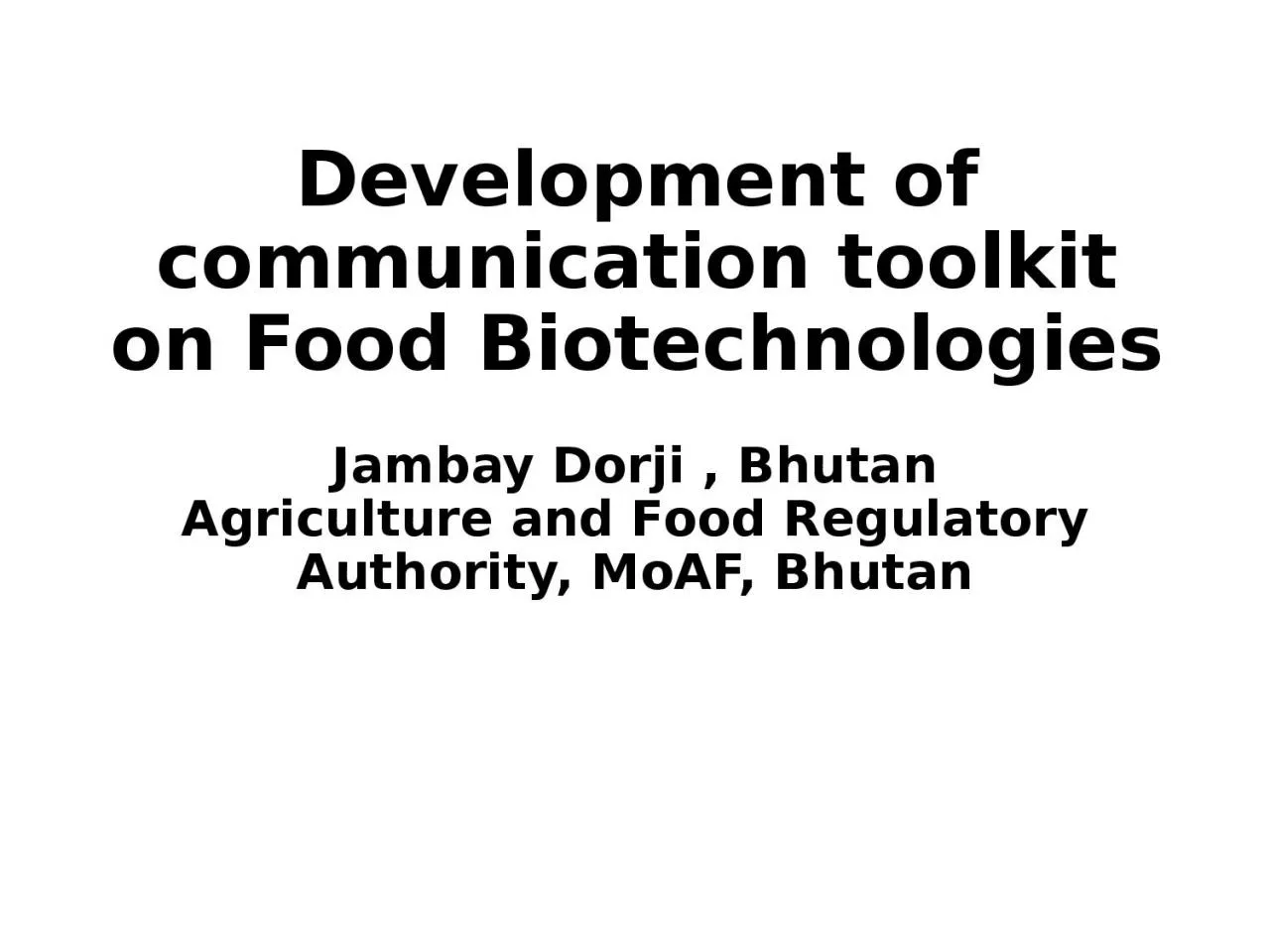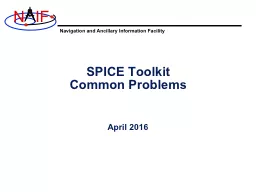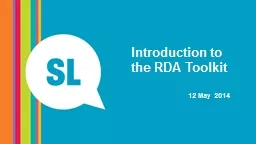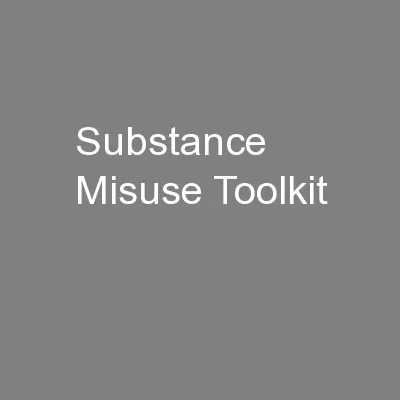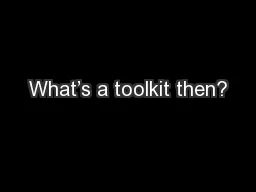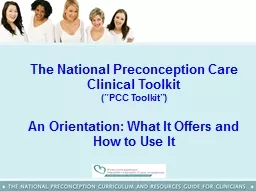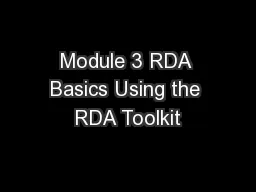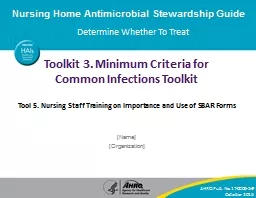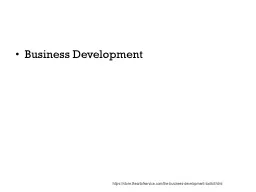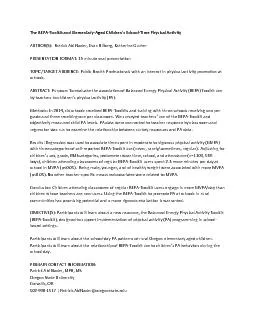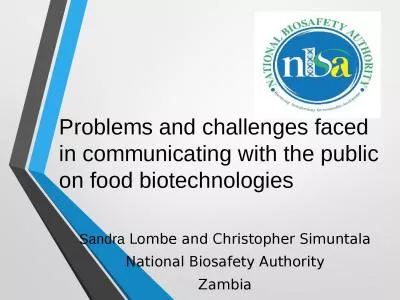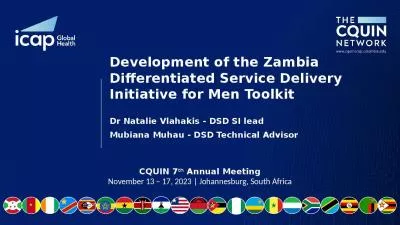PPT-Development of communication toolkit on Food Biotechnologies
Author : amelia | Published Date : 2024-01-13
Jambay Dorji Bhutan Agriculture and Food Regulatory Authority MoAF Bhutan Background Info on Bhutan Total Area 38394 km 2 Forest land area 71 Population 2017
Presentation Embed Code
Download Presentation
Download Presentation The PPT/PDF document "Development of communication toolkit on ..." is the property of its rightful owner. Permission is granted to download and print the materials on this website for personal, non-commercial use only, and to display it on your personal computer provided you do not modify the materials and that you retain all copyright notices contained in the materials. By downloading content from our website, you accept the terms of this agreement.
Development of communication toolkit on Food Biotechnologies: Transcript
Download Rules Of Document
"Development of communication toolkit on Food Biotechnologies"The content belongs to its owner. You may download and print it for personal use, without modification, and keep all copyright notices. By downloading, you agree to these terms.
Related Documents

